London Energy Forum: Oil market tensions threaten ‘Goldilocks’ period of price stability
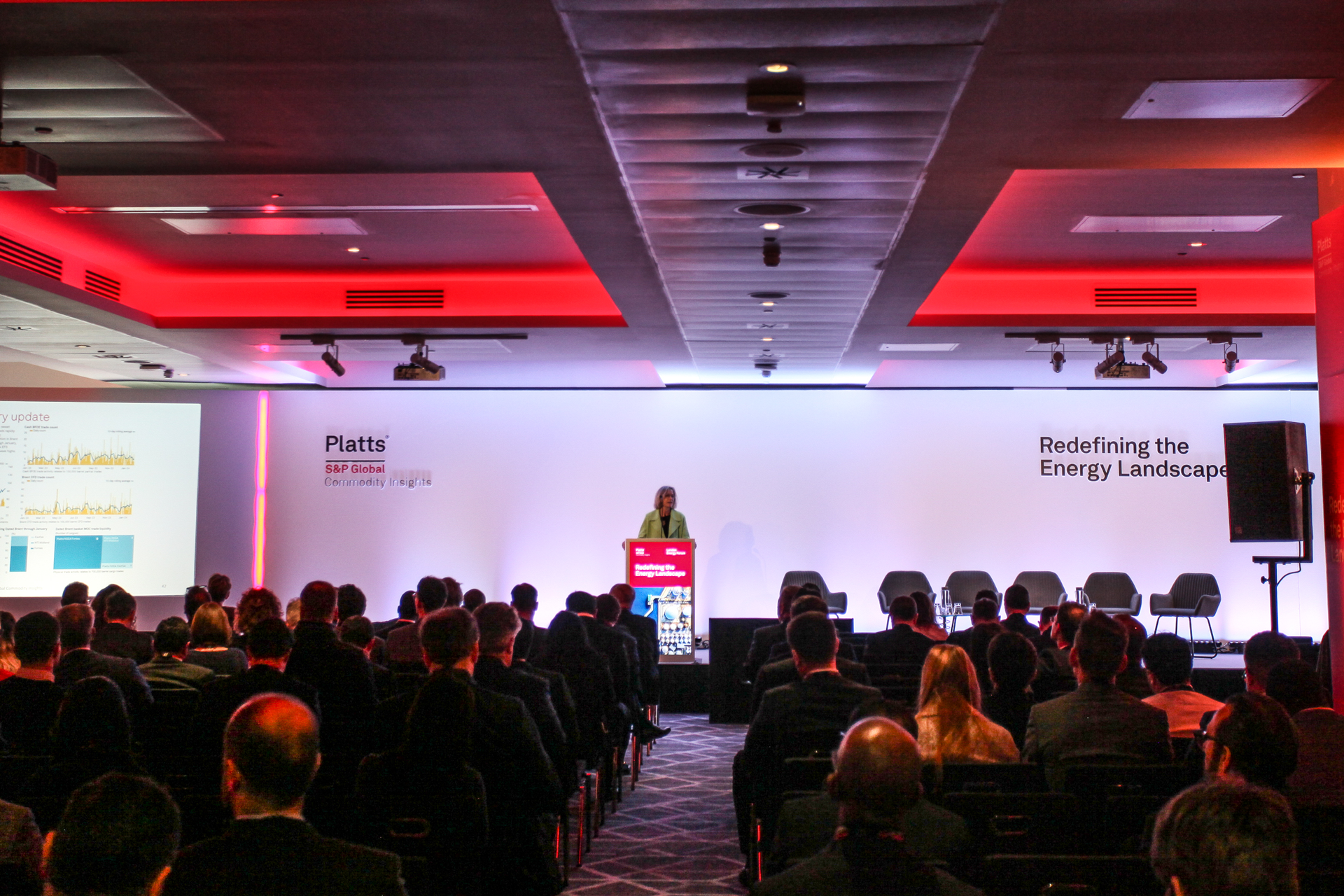
The stability in oil markets seen over the last 16 months is likely to become increasingly strained amid economic pressure on producers and calls for tougher sanctions against Russia, Dave Ernsberger, head of Market Reporting and Trading Solutions at S&P Global Commodity Insights, said Feb. 26.
Speaking at the Platts London Energy Forum, Ernsberger noted that crude prices, after spiking following Russia's February 2022 invasion of Ukraine, had held within a $75-85/b "Goldilocks" band for Dated Brent and other benchmarks for some 16 months.
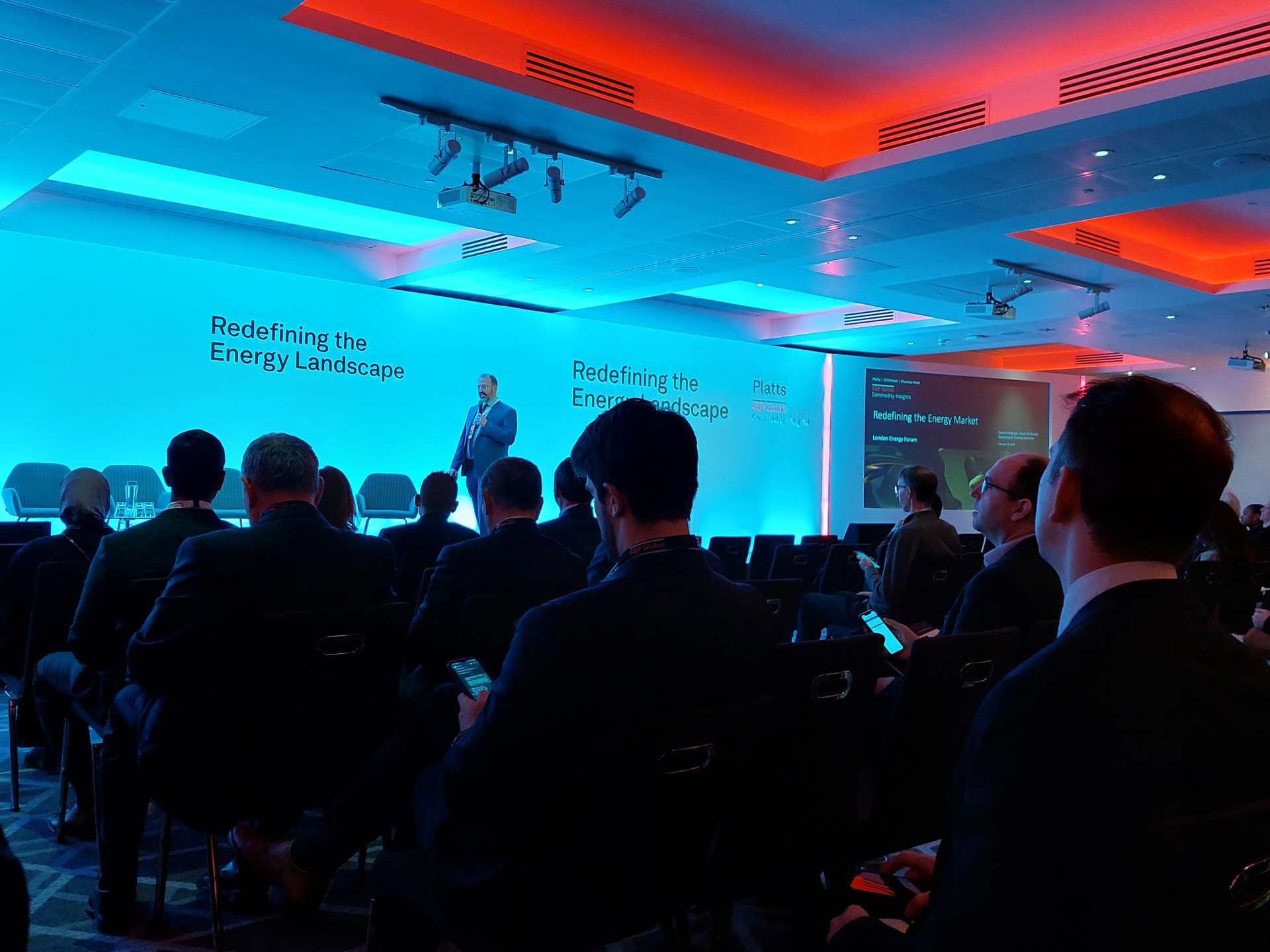
Audience members polled at the event predominantly forecast Dated Brent to be within a $70-100/b range at the end of 2024. But Ernsberger highlighted "recency bias" as a risk and pointed to potentially disruptive factors. "Strains are emerging at the heart of this 16 months of stability as is always the case" in oil markets, Ernsberger said.
Following the redirection of Russian crude to Asia, "the market has shown amazing resilience… The price measured in Dated Brent numbers and every other benchmark you can think of has actually been relatively steady," he said.
However, he highlighted potential issues including "breakeven" oil costs needed by major producers such as Iraq, Iran and Russia that are thought to be well above recent oil prices, as well as tensions within OPEC+ over countries’ compliance, or not, with quotas -- seen in Angola’s recent abrupt departure from the producer group.
In addition, he noted that the current level of spare capacity in the global market, estimated at around 5 million b/d, may be seen by Russia’s opponents as an opportunity for tougher sanctions.
"We can’t take this environment for granted," Ernsberger said, citing estimates of a Russian "breakeven" oil price of $97/b. "There’s now around 5 million b/d of surplus capacity out there -- that’s roughly equivalent to Russia’s crude export capacity. Not only might some of these countries be thinking about how do we get the price a little higher -- you might also see countries who are dissatisfied with the fact that Russia continues to export barrels, and make revenues, and fund the war in Ukraine thinking the opposite, which is how do we actually maybe cut some of these exports even more dramatically, because we have a supply cushion now, we have a reserve capacity now," he said.
Oil analysts at S&P Global Commodity Insights estimate that Dated Brent will average $83/b in 2024 but soften to $76/b in 2025 as surging non-OPEC+ supplies from the US, Brazil, Guyana, and Canada outpace slowing demand growth.
Benchmark innovation
S&P Global executives at the same event highlighted the conclusion of a multi-year overhaul of flagship North Sea benchmarks Dated Brent and Cash BFOE, which saw the inclusion of US shale oil grade WTI Midland -- for the first time adding a non-North Sea crude as a way of increasing liquidity in the face of output declines.
 WTI Midland crude shipments to Europe accounted for around half of overall volumes within the Brent complex in 2023, with the proportion expected to rise further. However, North Sea grades still play an important role, with the UK’s Forties crude acting as the most competitive crude, or demonstrator of price, 70% of the time in January 2024, Vera Blei, global head of established benchmarks at S&P Global Commodity Insights, told the event.
WTI Midland crude shipments to Europe accounted for around half of overall volumes within the Brent complex in 2023, with the proportion expected to rise further. However, North Sea grades still play an important role, with the UK’s Forties crude acting as the most competitive crude, or demonstrator of price, 70% of the time in January 2024, Vera Blei, global head of established benchmarks at S&P Global Commodity Insights, told the event.
The inclusion of WTI Midland puts the Brent complex "in a place to continue to be the key physical benchmark in the global crude oil markets for decades to come," Ernsberger said, adding that across the spot crude market liquidity is back up after the pandemic and recent inflation spikes.
"We’re now seeing [the Brent complex] with greater liquidity than we’ve seen in a decade, with more participants, new participants, different kinds of oil trading," Ernsberger said.
Blei also pointed to strong liquidity in the Platts Dubai benchmark, with all-time highs in trading of cargo "partials" observed in the Platts Market on Close trading window in 2023, and a record 17.4 billion barrels of trading in derivatives related to Platts Dubai the same year. "Some of that also comes on the back of, for example, Russian Urals crude now flowing more into Asia and being hedged using the Platts Dubai benchmark," Blei added.
Dated Brent was assessed by Platts at $83.72/b on Feb. 23, down $1.81/b on the day.
Platts is part of S&P Global Commodity Insights.
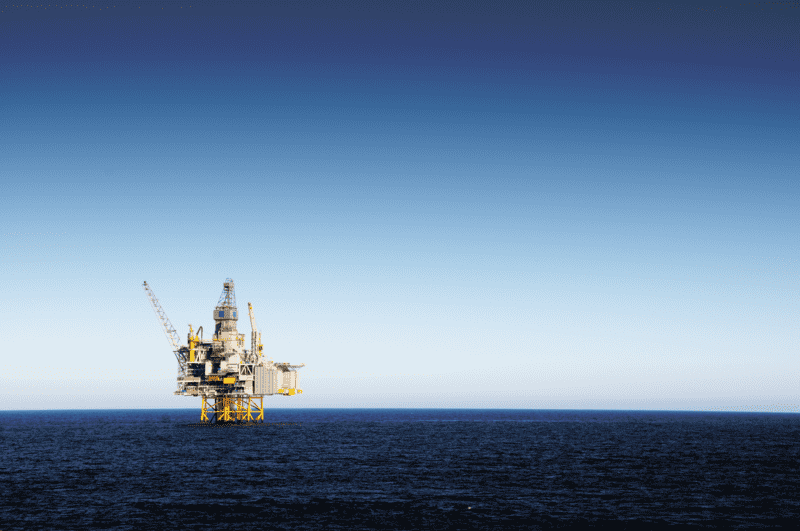
News
Eni is to combine its North Sea oil and gas business with upstream independent Ithaca Energy, majority-owned by Israel's Delek, in a deal set to give the Italian company a 37.3% stake in the "satellite" entity, the companies said late April 23. The deal, first publicly mooted in late March, follows quickly on from Eni's acquisition of London-based Neptune Energy in January, which included an operating stake in the UK's highest producing gas field, Cygnus. The combination should result in 2024 production of over 100,000 b/d of oil equivalent, with a roughly equal weighting between oil and gas, and the potential to reach 150,000 boe/d by the early-2030s, the companies said. The deal continues a strategy for Eni of creating "satellite" joint ventures offshore Norway and Angola, although Delek is expected to remain the largest shareholder in this instance, with a 52.7% stake upon completion. The deal excludes Eni's East Irish Sea and carbon capture and storage projects, with the Italian company remaining the primary investor in flagship government-backed CCS project HyNet North West. Ithaca produced just over 70,000 boe/d in 2023, of which 66% was oil, and had warned its production from the current business would drop to 56,000-61,000 boe/d this year, reflecting the cancellation of several new projects due to the UK tax regime. It has struggled to make headway with the major West of Shetland Cambo oil project -- previously the target of environmental protests -- after entering the project in April 2022 with the purchase of Siccar Point Energy. Eni had production of around 50,000 boe/d offshore the UK in 2023. "The Satellite Model is a strategic response to the challenges and opportunities of energy markets, creating focused and lean companies able to attract new capital to create value through operating and financial synergies and the acceleration of growth," Eni said. "The combination will allow Eni to continue pursuing its successful growth on the UK continental shelf, thereby strengthening its commitment to the UK." Ithaca Executive Chairman Gilad Myerson said: "The synergistic combination with Eni's highly cash-generative UK continental shelf portfolio has the ability to unlock our long-life organic growth opportunities, creating a combined entity with substantial scale and longevity." Expanded asset base The combined entity will have reserves and contingent resources of some 658 million barrels of oil equivalent, including stakes in 37 producing assets, among them six of the UK's 10 largest fields -- Rosebank, Cambo, Schiehallion, the Mariner area, the Elgin-Franklin complex and the J-Area, the companies said. Ithaca already held stakes in Elgin-Franklin and the J-Area, which are thus increased by the combination. Elgin-Franklin, operated by TotalEnergies, is a significant contributor of both gas to the UK and liquids sold under the Forties crude brand, while the J-Area, operated by Harbour Energy, contributes to Ekofisk crude loadings; Forties and Ekofisk are key grades in the Platts Dated Brent price assessment process. Platts is part of S&P Global Commodity Insights. Ithaca is also Equinor's partner in the Rosebank oil project under development in the West of Shetland area, which has similarities to Cambo, while the Equinor-led Mariner field contributes UK heavy crude oil. The combination entails issuing to Eni new Ithaca shares equivalent to 38.5% of the enlarged entity, with Delek selling 3% of the enlarged share capital to ensure 10% or more remains in public hands on the London Stock Exchange. Dated Brent was assessed at $88.73/b on April 23, up $1.18 on the day, while the month-ahead UK NBP gas contract was assessed by Platts at 71.35 p/th.
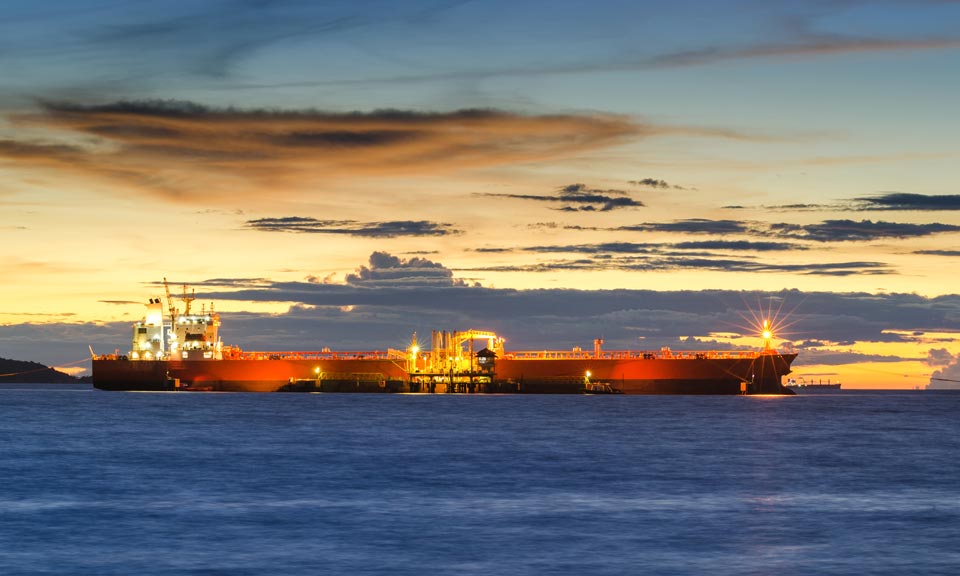
News
Russia, one of the world’s largest oil suppliers, has increasingly turned to non-Western firms to transport its crude to overseas buyers during its ongoing war with Ukraine . With a dual goal of undermining Russia’s war chest without creating significant disruptions to global supplies amid inflation pressure, G7 countries and their allies have banned tanker operators, insurers and other services firms from facilitating seaborne Russian crude exports unless the barrels are sold for no more than $60/b. The price cap regime, which came into force Dec. 5, 2022, does not directly cover tankers flagged, owned and operated by companies outside the G7, the EU, Australia, Switzerland and Norway, and not insured by Western protection and indemnity clubs. While such ships tend to be older and less maintained, their share in Russia’s crude exports market has been rising in recent months amid strengthening prices of Urals -- the OPEC+ member’s flagship crude grade -- and tightening sanctions enforcement by the West. Non-price-capped tankers have a larger market share in shipping Russia’s Pacific crude exports, according to analysis of S&P Global Commodities at Sea and Maritime Intelligence Risk Suite data. Crudes such as Sokol, Sakhalin Blend, and Eastern Siberia–Pacific Ocean grades are more often involved in these trades than Russian barrels from Baltic or Black Sea ports like Urals. Tanker operators in Greece, Europe’s top shipowning nation, managed to keep their traditionally strong market position in Russia in the first few months since the price cap took effect before giving ways to their peers in the UAE, Russia, China and Hong Kong. (Latest update: April 5, 2024)
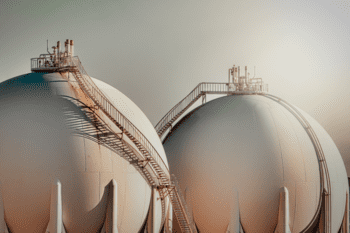
News
Recording changes to Russian oil exports and EU oil imports since the war in Ukraine Russia’s war in Ukraine has triggered a major upheaval in the global oil markets, forcing Moscow to find alternative buyers and Europe to source new supplies as Western sanctions seek to clamp down on Moscow’s vital oil revenues. With an EU embargo and the G7 price cap on Moscow's oil now fully in place, Russian seaborne crude exports have remained largely resilient as displaced volumes of its discounted oil flow East. Russian oil product exports have also mostly held up with new buyers in Africa absorbing Russian diesel and other fuels now banned from Europe. (Latest update: April 3, 2024)

News
Initiative driven by demand for batteries from vehicles, energy storage IOC aims to be carbon-free by 2046 Tie-up comes as India supports NEV buildup Japan's Panasonic Energy and state-run Indian Oil Corp aim to finalize details for a joint-venture to manufacture cylindrical lithium-ion batteries in India as early as June to September, the Japanese battery maker said April 1. Both companies will engage in "a feasibility study regarding the utilization of battery technology to facilitate the transition to clean energy in India," Panasonic said, and have signed a binding term sheet with details to emerge "by the summer of this year." The initiative by the companies "is driven by the anticipated expansion of demand for batteries for two- and three-wheel vehicles and energy storage systems in the Indian market", it said. The collaboration comes as India takes steps to build up infrastructure for manufacturing and supporting new energy vehicles, especially in its interim budget for 2024-25. Following the budget announcement, Chinese automaker SAIC Motor and India's JSW Group plan to install a production capacity of 200,000 vehicles/year in India, focusing on NEVs, with ramping up to start from the end of 2024. In China, NEV is a term used to designate automobiles that are fully or predominantly powered by electricity and include battery electric vehicles as well as plug-in hybrid EVs and fuel cell EVs. IOC's tie-up with Panasonic will support the energy company's goals to be a zero-carbon emitter by 2046. India's lithium-ion battery manufacturing industry is expected to grow at a compound annual growth rate of 50% from 20 GWh in 2022 to 220 GWh by 2030, data from the India Brand Equity Foundation showed. Platts assessed prices for battery grade lithium carbonate at $14,350/mt CIF North Asia March 28, flat from the previous session, S&P Global Commodity Insights data showed, while lithium hydroxide stood at $14,000/mt CIF North Asia, also unchanged from the session before. Platts Connect: News & Insights (spglobal.com)